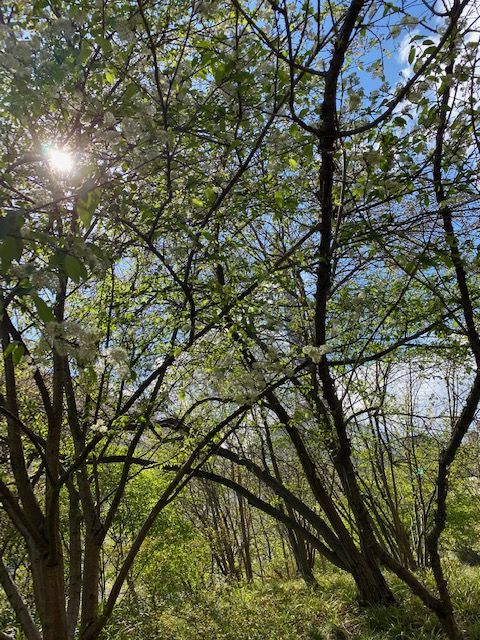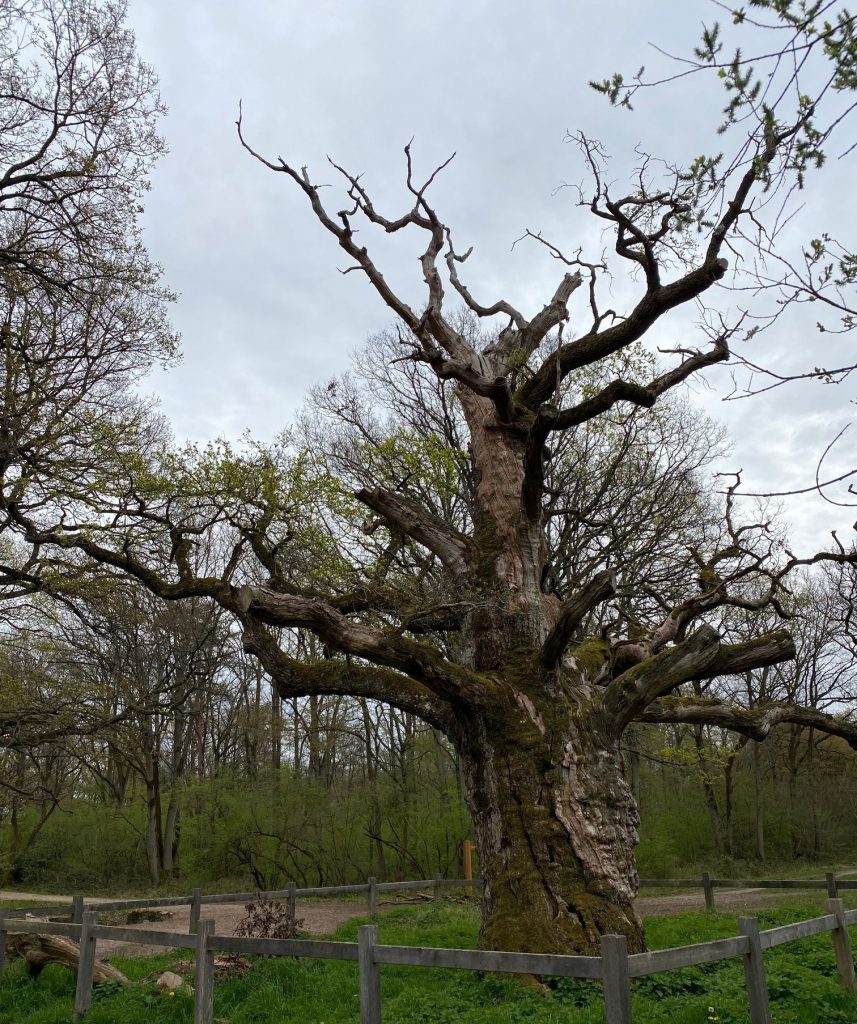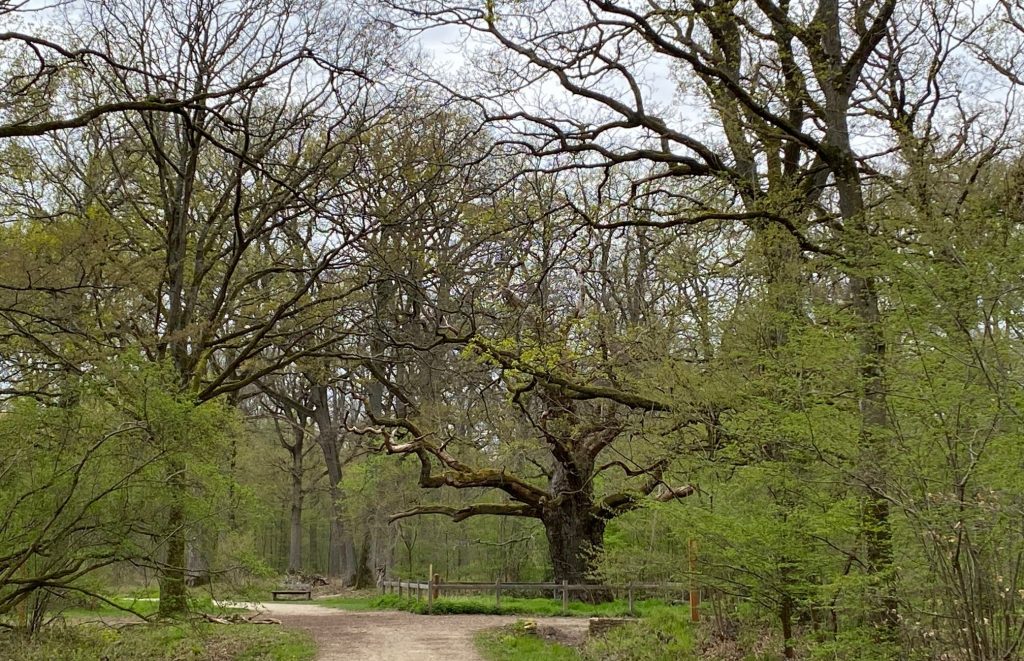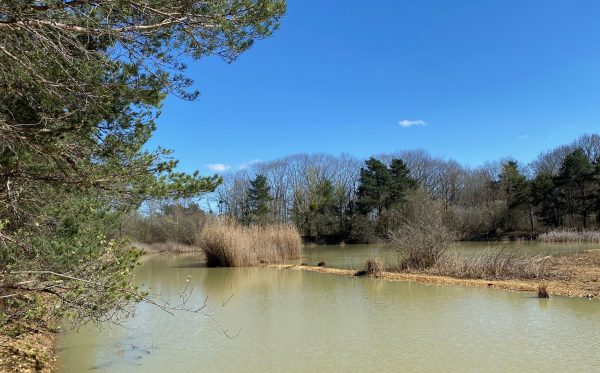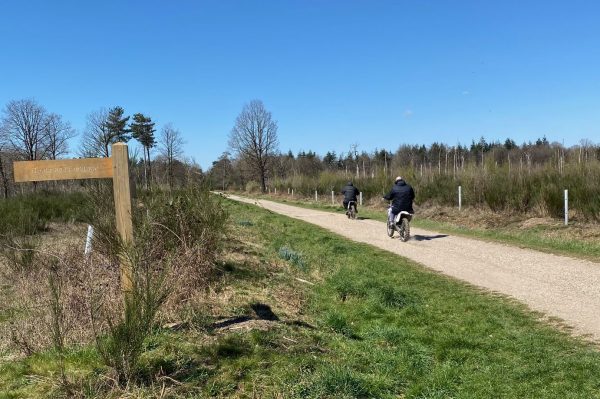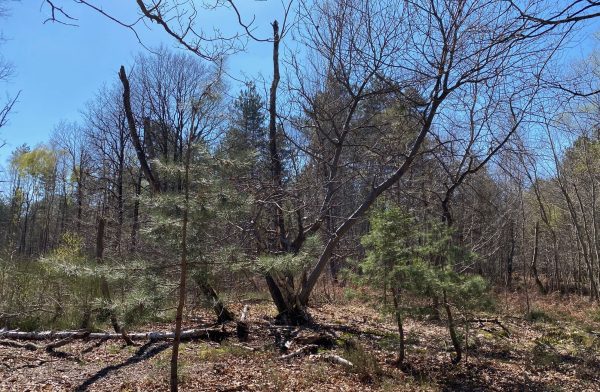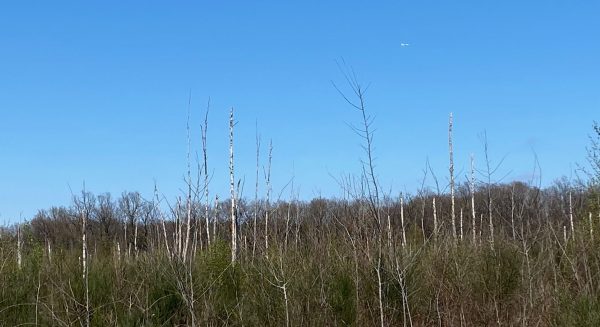The car industry sells more electricity-driven than diesel-cars for the first time in July 2023 (ACEA, 2023). This is a turnaround, considering the large share of the most polluting cars in the EU. It is difficult to see this as good news as newly sold diesel-cars will be around and polluting for many years to come. Hybrid cars are an own category and full of heavy additional material that allows 2 types of mobility. Tax reductions to push hybrid cars into the EU-market were very expensive for tax-payers and increasing inequality through co-financing rather expensive cars. 36,3%, the largest share, are still petrol-driven cars, with little awareness for further CO2 reductions. This is the slow evolution of the energy consumption pattern of the automotive industry in Europe.
On the energy production side there have been substantial efforts to invest in clean energy, too (IEA, 2023). With the world burning at several places already it is, after all, good news that investment in solar energy production on a global level has reached the level of investment in fossil fuels. Major drivers of this evolution are 1. China, 2. Europe and 3. The U.S. A. (unadjusted for population size) according to this investment report. Grids and storage investments rise equally to new heights, reflecting new distributional aspects of power provision within and between countries. We are in the race against the burning of our planet due to our shameless use of fossil fuels, worst in form of flying small jet planes. Besides the large company and state investments we need the spending and investment power of the masses to speed up the end of the fossil fuel age of polluting dinosaurs. Please do not replace one dinosaur (coal, oil, gas) with another one (nuclear). Too big to fail is maybe an economic rationale, but it does not withstand natural disasters (Fukushima), human failure (Tschernobyl) or war activity (Saporischschja).
(Figure source: IEA, Power investment in billion US$, 2019-2023, IEA, Paris https://www.iea.org/data-and-statistics/charts/power-investment-2019-2023.
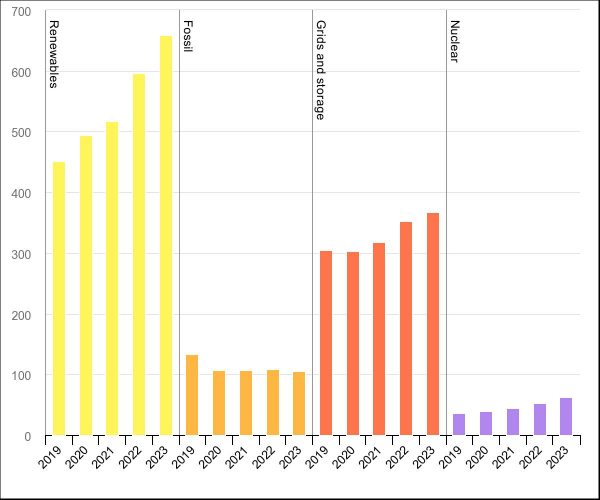
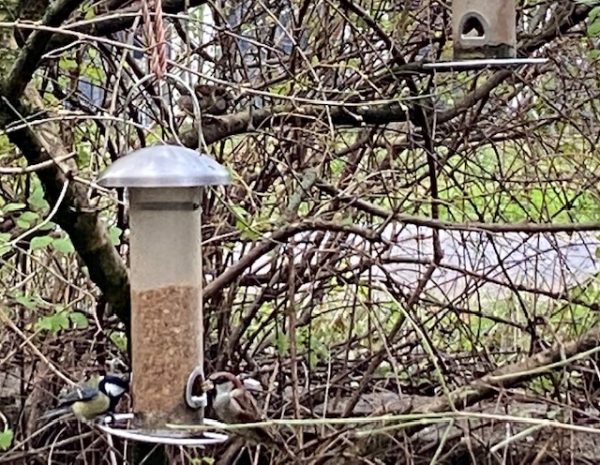





 The flowering season starts earlier in Europe and bees start earlier ro their collection of nectar and their service of pollination to other flowers. In early April 2025 in France near Paris we observe wild bees already in their daily routine. However, the risk of cold nights is still there, albeit those building their homes below the surface are a bit less at risk during a frosty night. Seeking a clever shelter is a good strategy for survival particularly at times of global warming. Some kinds of wild bees seem to sense this already changing homes from one season to next one. Humans remain their toughest enemies as they restrict their choices quite severely. Man-made pollution and herbicides are beyond bees’ control and cause havoc in the ecosystem of bees. Apiculture is an interesting science also for social scientists as this forerunner species of the matriarchy has evolved into a well-organized productive society. They are a bit harsh to each other and communication is rather unidirectional, but an interesting social cosmos of its own kind.
The flowering season starts earlier in Europe and bees start earlier ro their collection of nectar and their service of pollination to other flowers. In early April 2025 in France near Paris we observe wild bees already in their daily routine. However, the risk of cold nights is still there, albeit those building their homes below the surface are a bit less at risk during a frosty night. Seeking a clever shelter is a good strategy for survival particularly at times of global warming. Some kinds of wild bees seem to sense this already changing homes from one season to next one. Humans remain their toughest enemies as they restrict their choices quite severely. Man-made pollution and herbicides are beyond bees’ control and cause havoc in the ecosystem of bees. Apiculture is an interesting science also for social scientists as this forerunner species of the matriarchy has evolved into a well-organized productive society. They are a bit harsh to each other and communication is rather unidirectional, but an interesting social cosmos of its own kind.








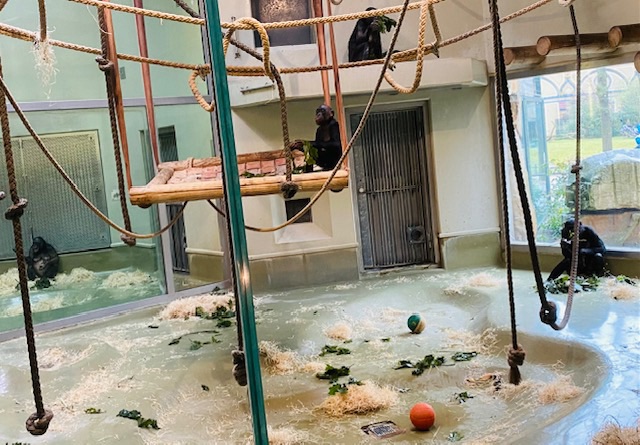
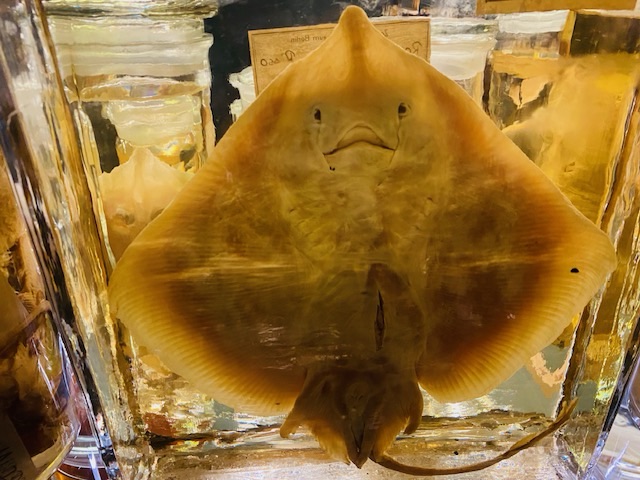
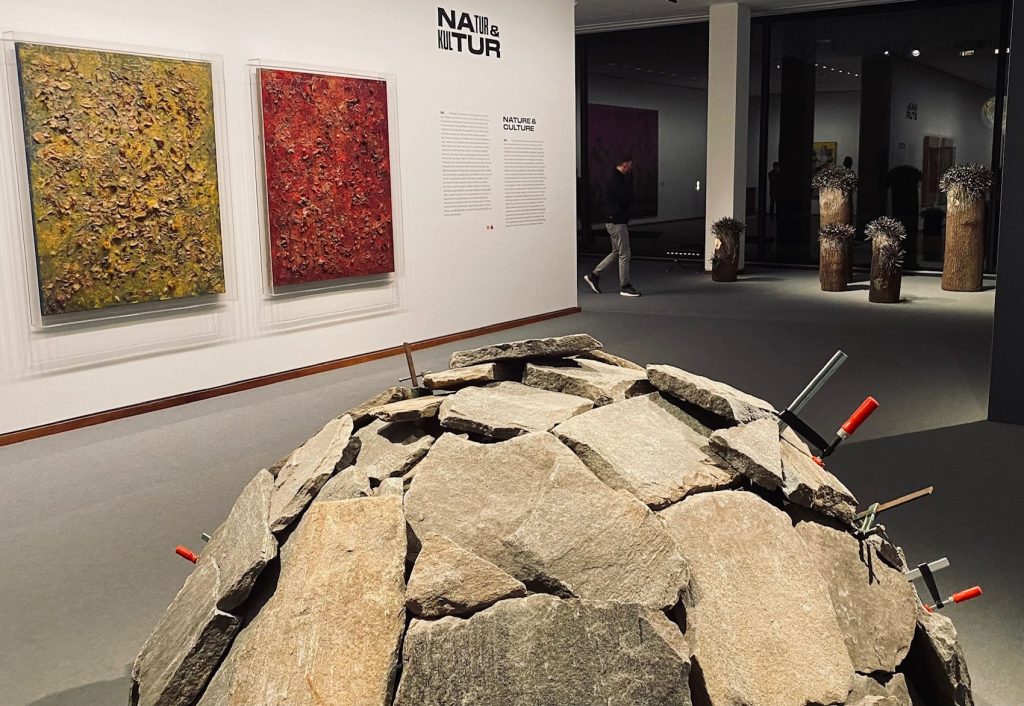
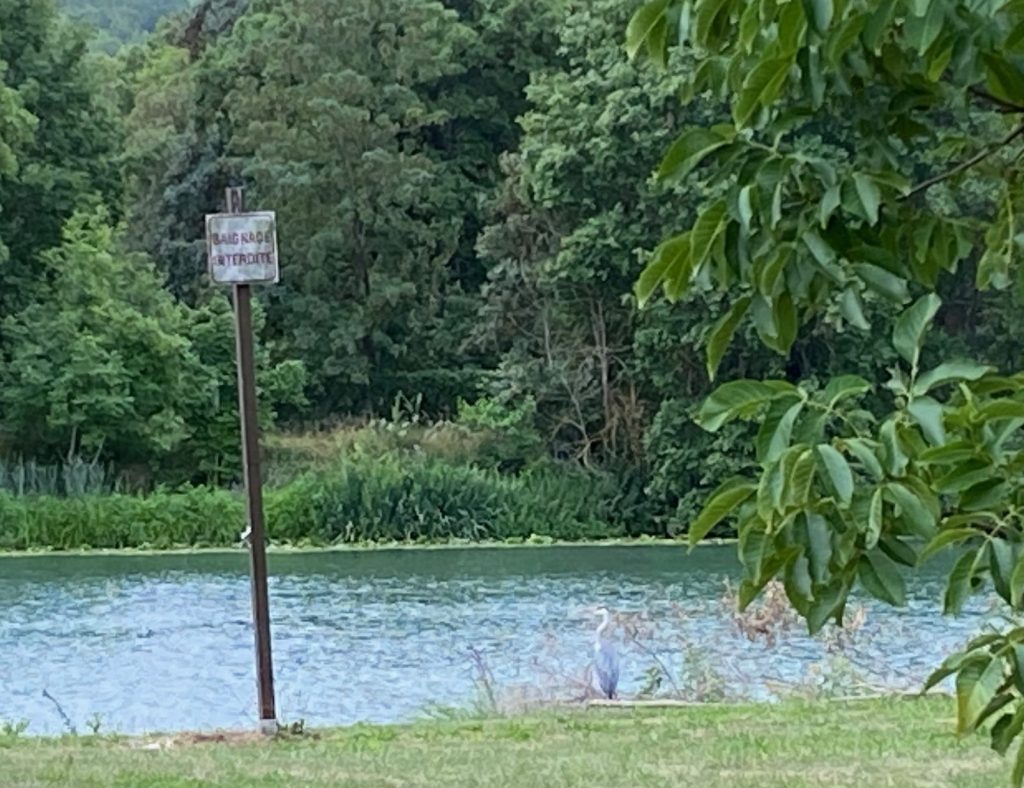
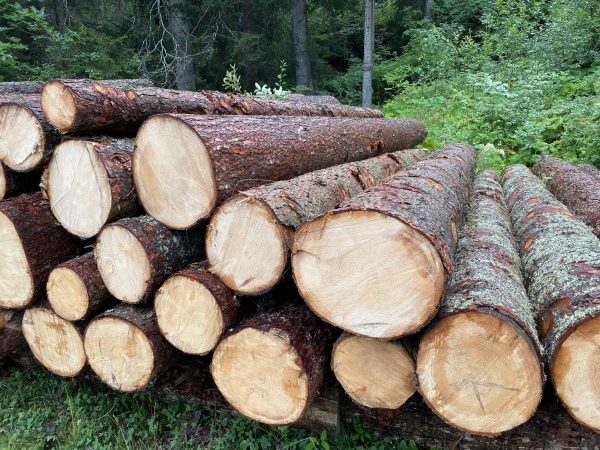
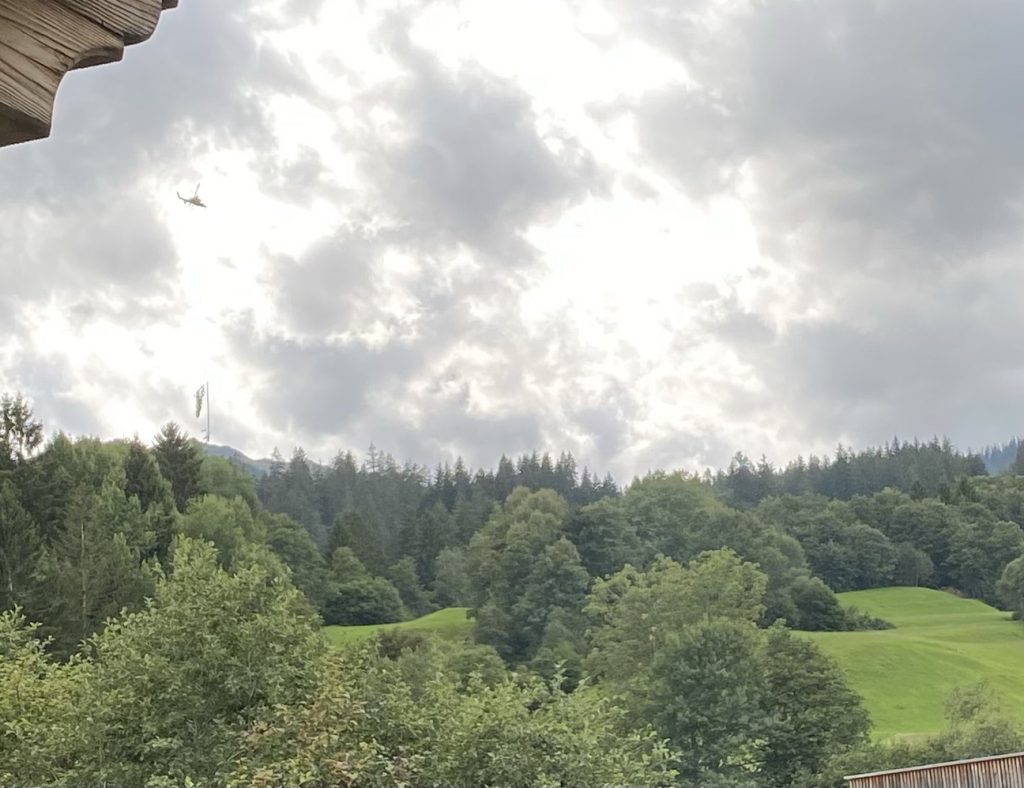
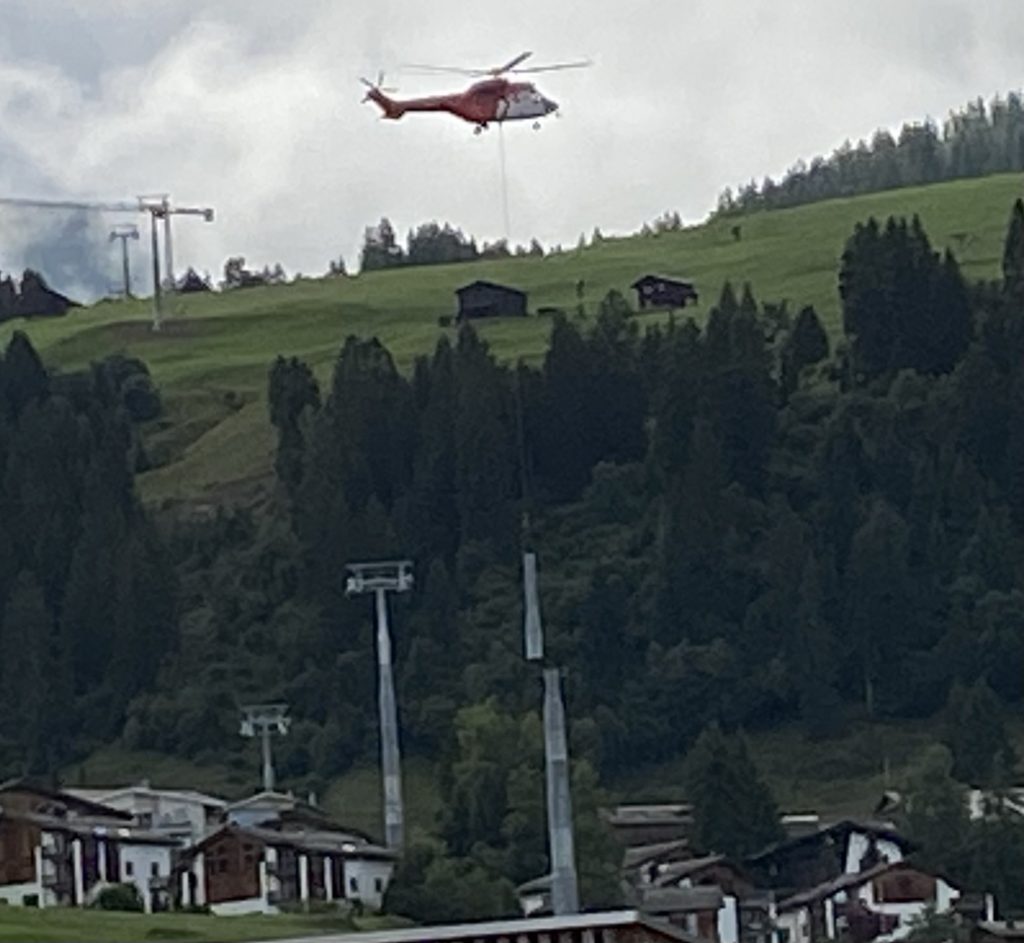
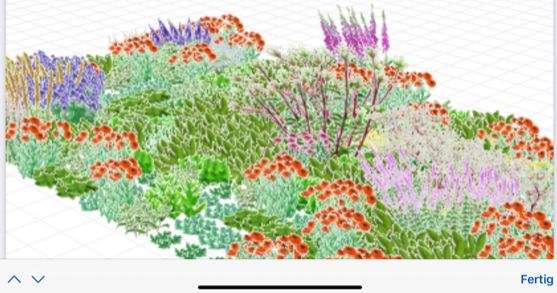


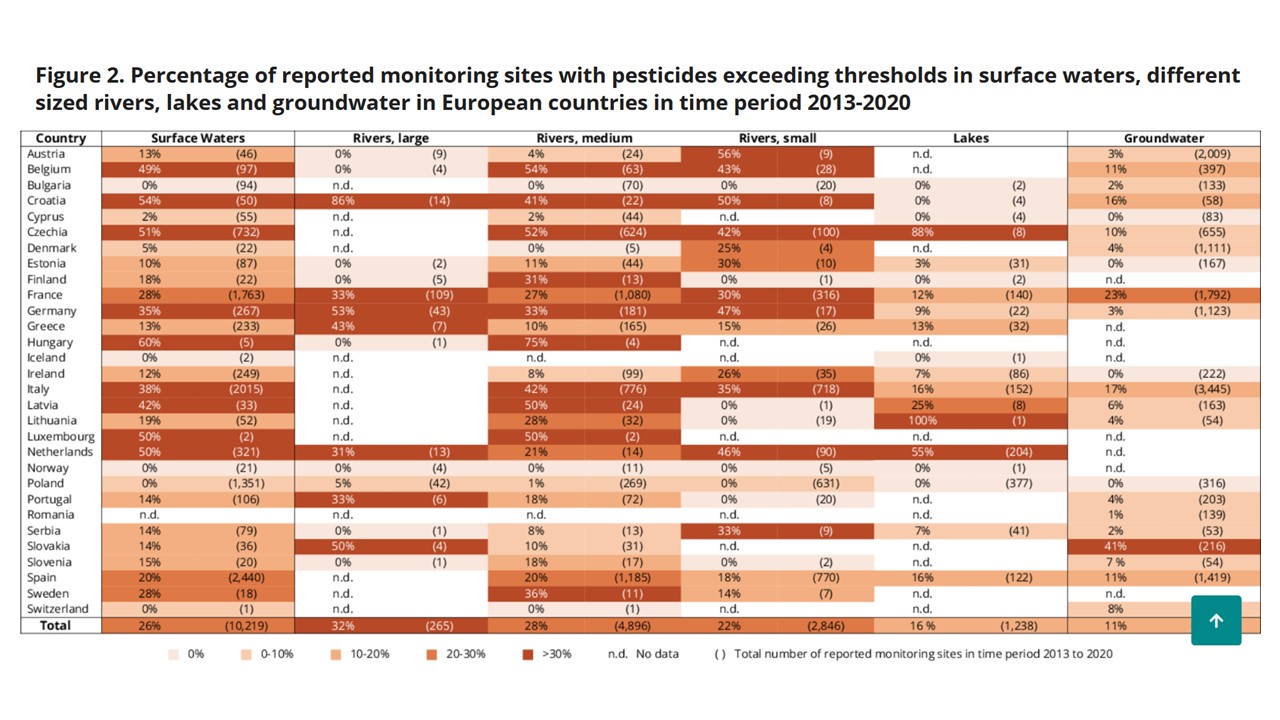
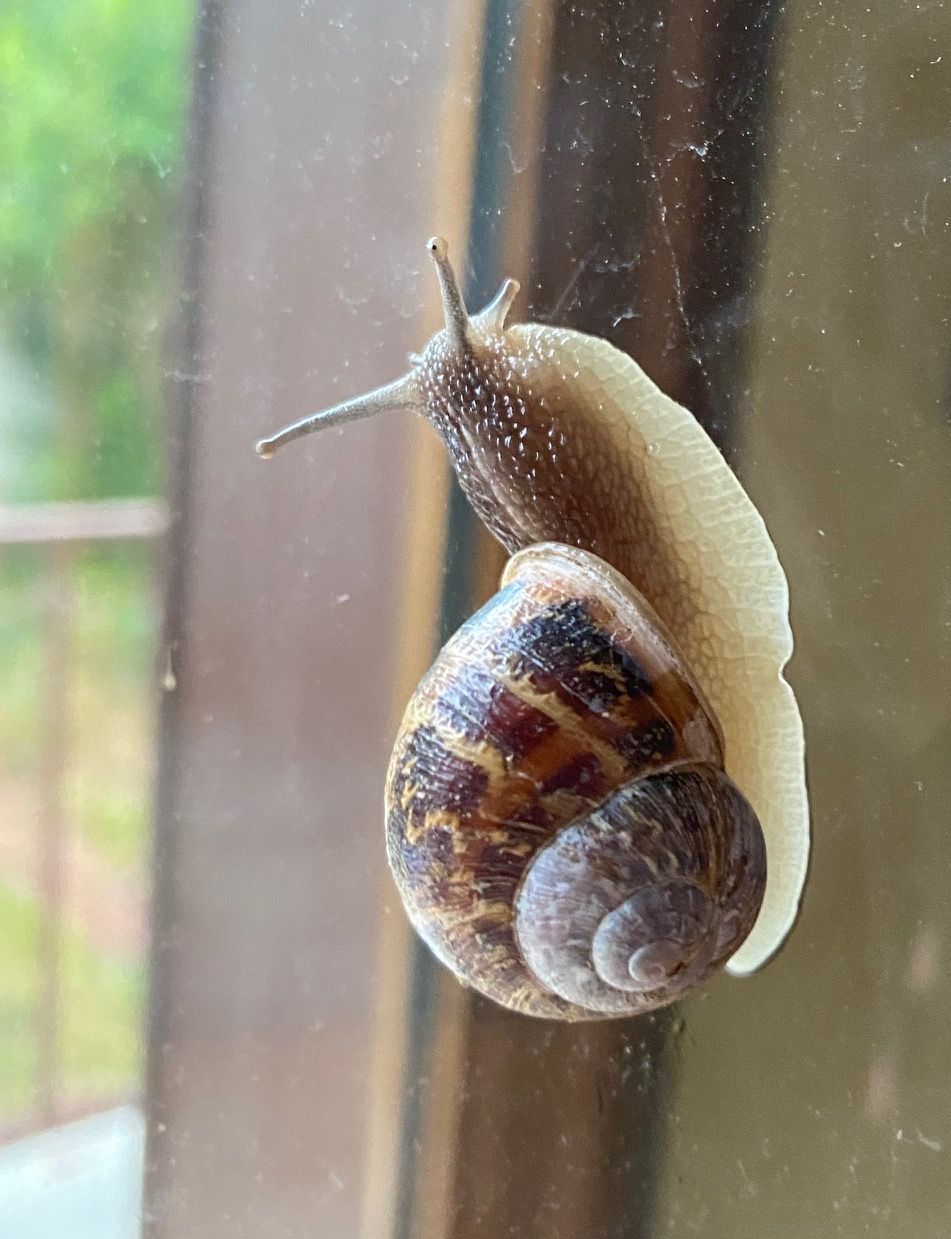
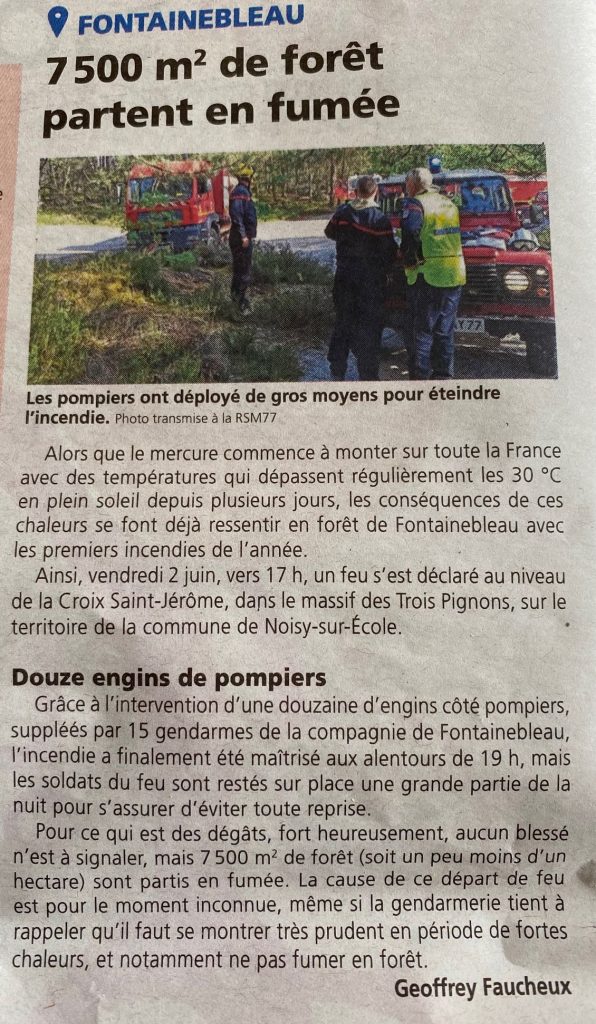
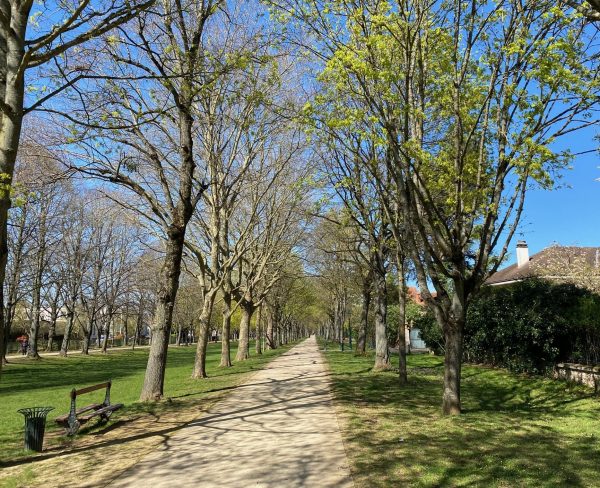

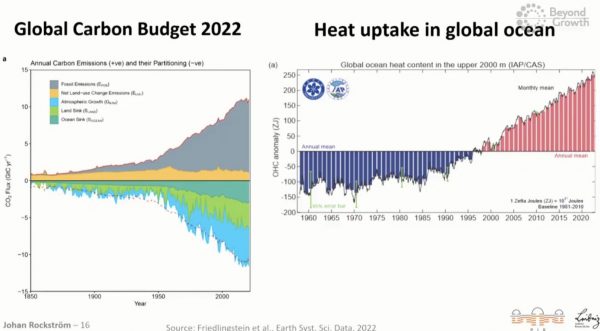
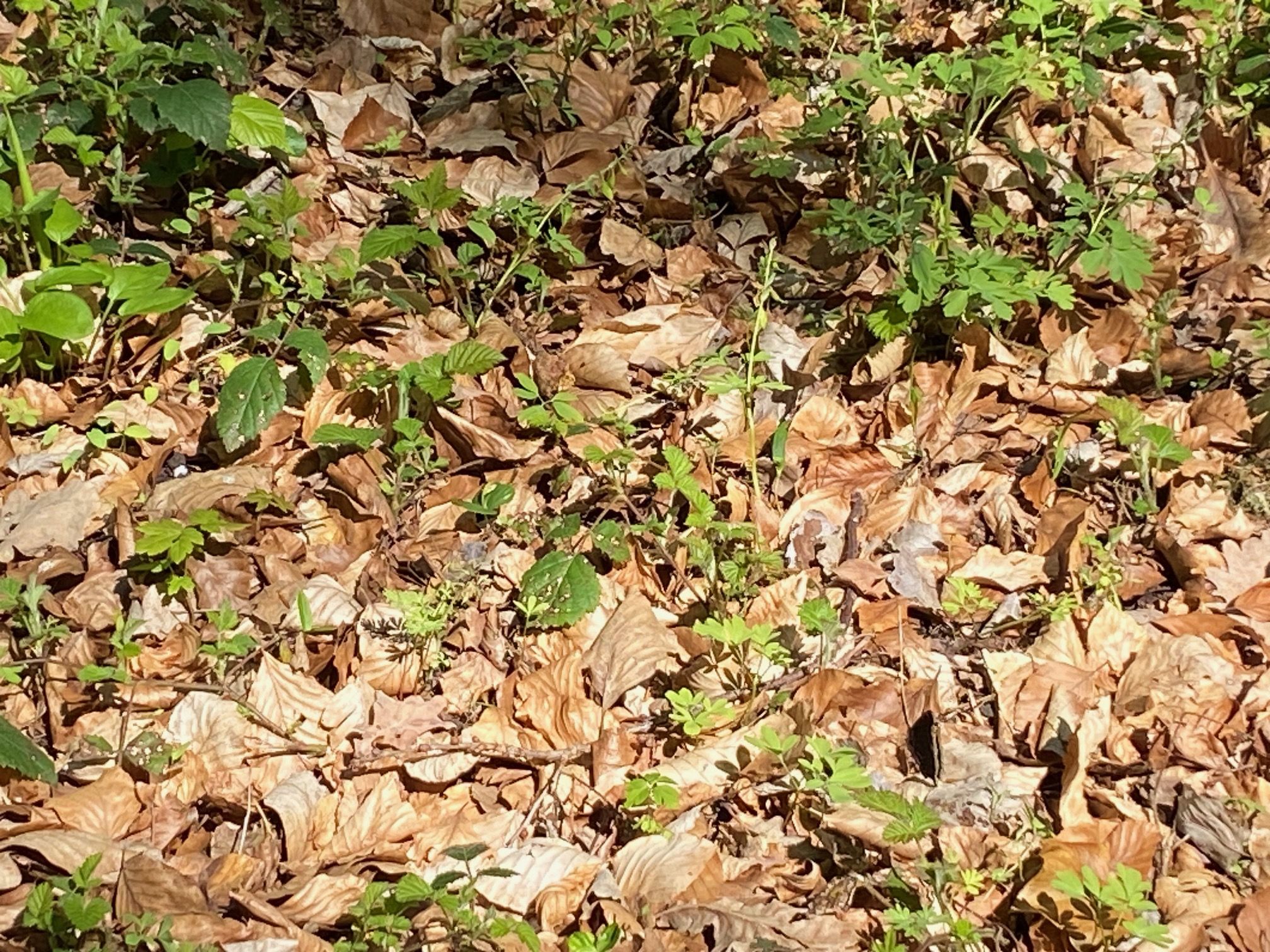
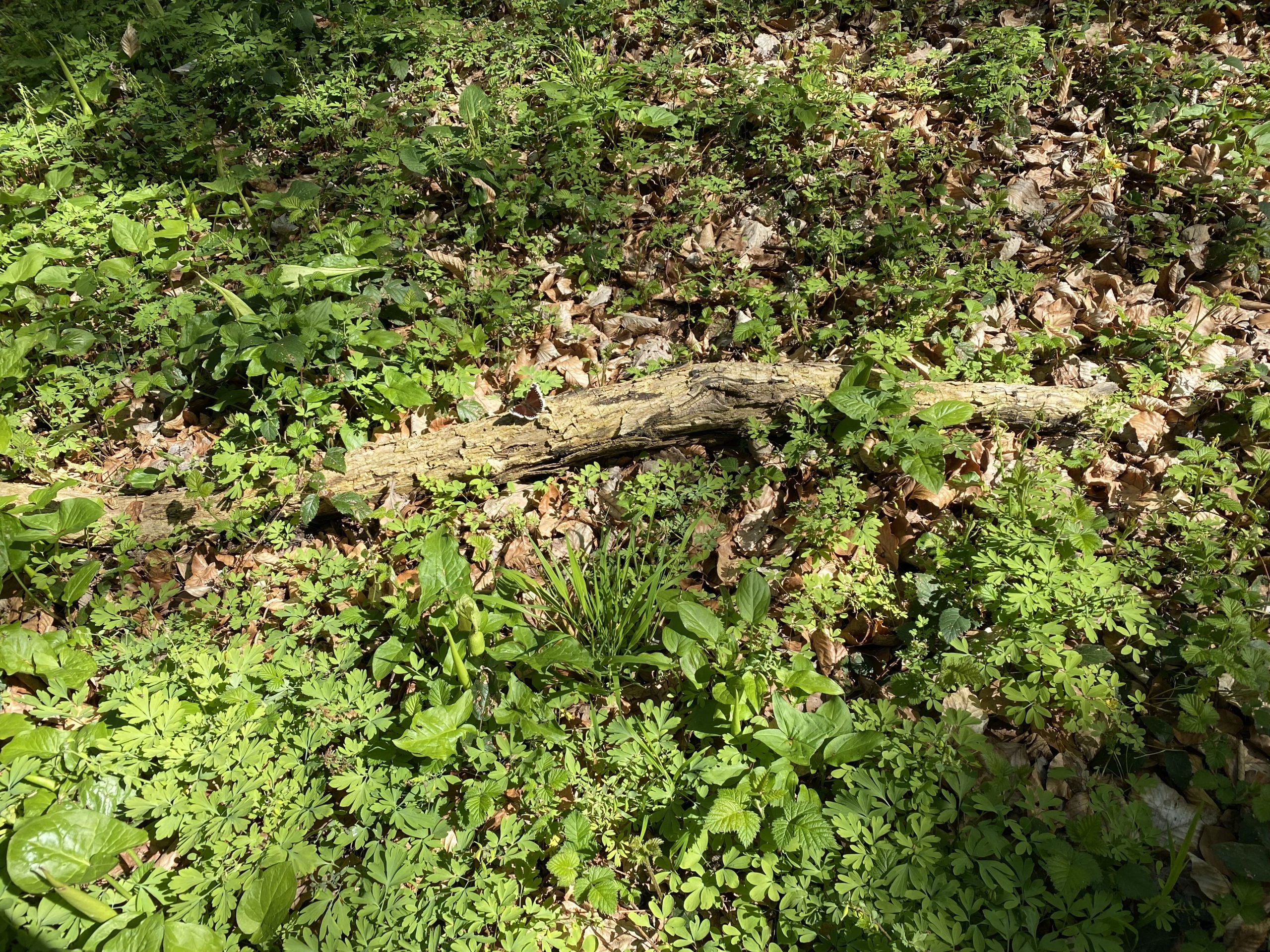

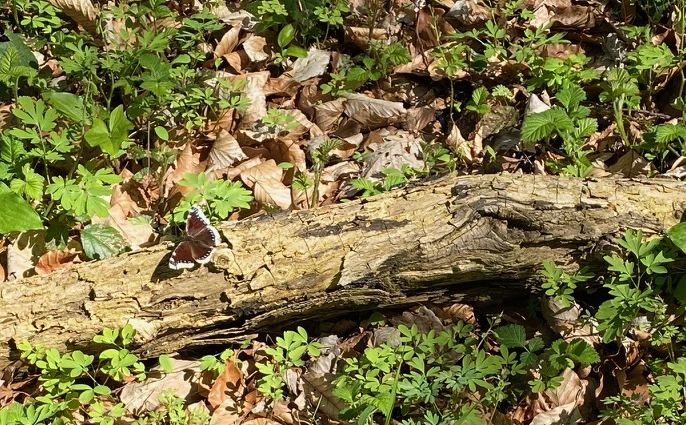


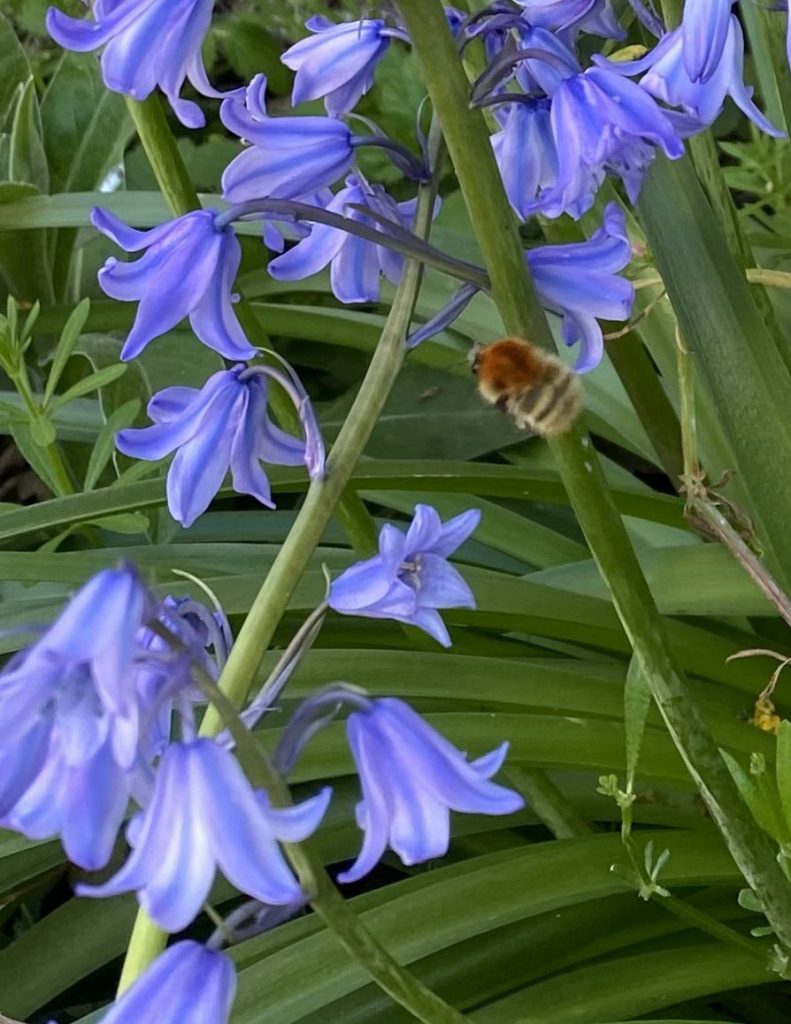

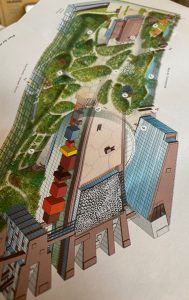 In remembrance of former President Jacques Chirac, Asian cultures have had a strong impact on the collections and the organisation of the garden. Very different from the
In remembrance of former President Jacques Chirac, Asian cultures have had a strong impact on the collections and the organisation of the garden. Very different from the 